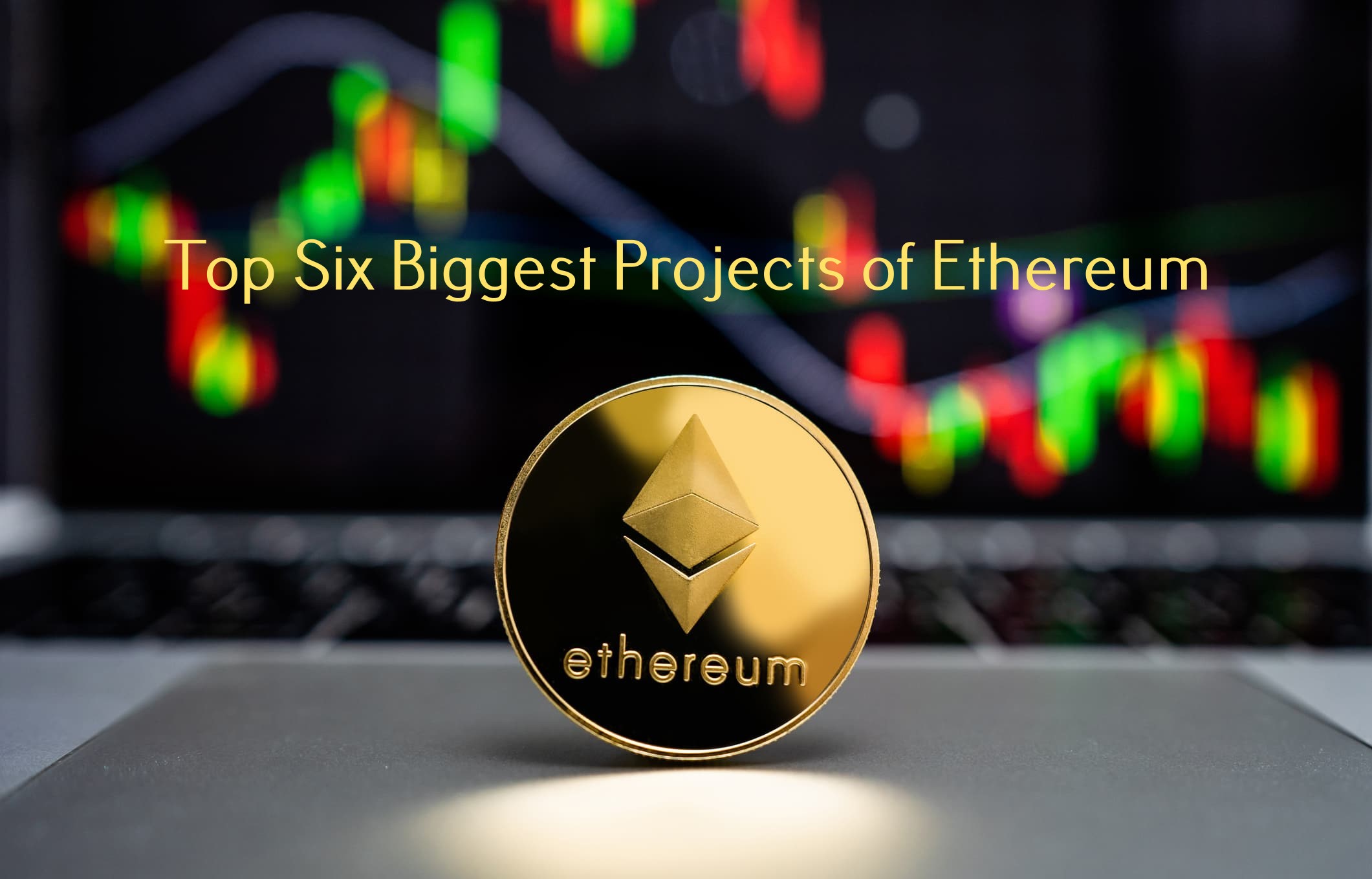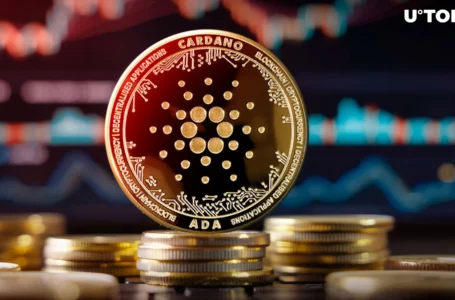
How could we mention Ethereum without decentralized finance (DeFi)? Ethereum was built as a “world computer,” the first blockchain to feature smart contract functionality. Smart contracts are algorithms programmed to self-execute once preset conditions are met. That’s how smart contracts allow us to decentralize traditional financial instruments as much as possible, thus rendering a central authority redundant. This also means that we, the little people, get access to instruments that were reserved for financial institutions in the past.
There are thousands of decentralized applications (dApps) that are running on the Ethereum blockchain. Today, I would like to talk about the top six biggest projects of Ethereum.
6. The Sandbox
The Sandbox made headlines last year. Land sales in the Sandbox went through the roof. But what exactly is it? You can think of the Sandbox like the metaverse-equivalent of MineCraft. That is, in terms of its design and functionality.
It’s not for everyone, but if it’s good enough for Snoop Dogg and Adidas, then it’s certainly worth checking out. What’s really cool about the Sandbox is that you can build your own games on your land, and then charge people to play them. If you own some land, you can also display your NFT collection. (Pretty NFTy!)
5. 1inch
1inch is a crypto exchange aggregator. This means that the dApp scans DEXs to find the lowest prices for any given cryptocurrency. By doing so, it can provide traders with plenty of cheap entry points, and help them circumvent issues like slippage. (Slippage occurs when a DEX doesn’t have sufficient liquidity for the desired crypto for trading.)
The Metaverse
In the future, the metaverse may very well become ubiquitous in everyday life. The question is, which metaverse will win? See, there are many metaverse projects popping up seemingly every day now. And it’s likely that a few of the most popular ones will coexist, sort of like how several giant social media platforms exist today. The two below are the ones that currently have an excellent chance of becoming household names.
4. Curve Finance
Curve Finance is an automated market maker (AMM). Unlike other DEXs, it differs on one fundamental level: It favors stability over volatility and uncertainty. (Yanno, where degens make most of their money?) In other words, Curve Finance is an amazing way to earn a stable and consistent yield on your safe bets. So if you’re into waving buhbye! to your bank, you can treat Curve as a DeFi savings account of sorts.
Curve Finance is something special. It offers the cheapest transaction fees, and the lowest levels of slippage and impermanent loss. And how is Curve able to achieve these feats? Why, by organizing liquidity pools around assets that behave in a similar manner (e.g., stablecoins and BTC and wrapped BTC).
3. Aave
Aave is a decentralized lending protocol that first launched in 2017 as ETHlend via an initial coin offering (ICO). What makes Aave unique is that it sets its interest rates based on the utilization rate of the liquidity pool in question. Let’s take a quick example. Say Alice wants to borrow $1000 in ETH, but there’s low liquidity in the ETH liquidity pool. So, to borrow ETH, Alice would have to pay a high interest rate.
On the lender’s side, the high interest rate due to the low liquidity incentivizes ETH holders to provide liquidity to the pool. It’s a simple, elegant, and ingenious design solution. What’s also cool about it is that you don’t have to borrow in kind. So, if you deposit ETH, you can borrow another crypto asset. Oh, and AAVE is the native governance token, which you can use to vote on the direction of the protocol.
A word of caution: Borrowers should be aware of liquidation risks. If you borrow via the protocol, you will have to over-collateralize. This means you’ll have to put up more than you borrow. And be sure to keep an eye out on the collateral ratio. During periods of high price volatility, should your collateral drop below the set ratio, you’ll risk getting liquidated.
2. MakerDAO
MakerDAO is another first. This time, it’s the first decentralized lending protocol in existence. It is behind the popular stablecoin Dai. Stablecoins are a type of cryptocurrency whose value remains stable over time. It achieves this stability by being pegged to another currency.
The peg obviously presents major advantages for a lending protocol. Pegging allows users to take out loans without the fear of getting liquidated due to price volatility in the crypto market. But what makes Dai different from other stablecoins like Tether (USDT) and USDC? Unlike other stablecoins—which are pegged to the almighty U.S. dollar—Dai is 100% backed by ETH.
These supposedly U.S. dollars-pegged stablecoins are backed by collateral like “cash and equivalents and short-duration U.S. Treasuries” in the case of USDC, and commercial papers in the case Tether, which has drawn scrutiny over its legitimacy. That means it’s not as trustless as Dai, which we can audit and verify is backed by its ETH equivalent in USD terms.
1. Uniswap
The original decentralized exchange (DEX) protocol, Uniswap (UNI) released v3 a few months ago. And with it, it heralded several notable improvements.
For v3, the most notable update came in the form of concentrated liquidity. This novel form of liquidity allows liquidity providers to set the conditions for which they would be eligible for fees. (This primarily involves setting price ranges.)
Moreover, v3 of Uniswap was released on the Optimistic Ethereum network. Optimistic rollups are a Layer 2 scaling solution that is vastly superior to Ethereum’s Layer 1 protocol. Its major benefits include reduced slippage and high gas fees, as well as near-instant transaction speeds.


















